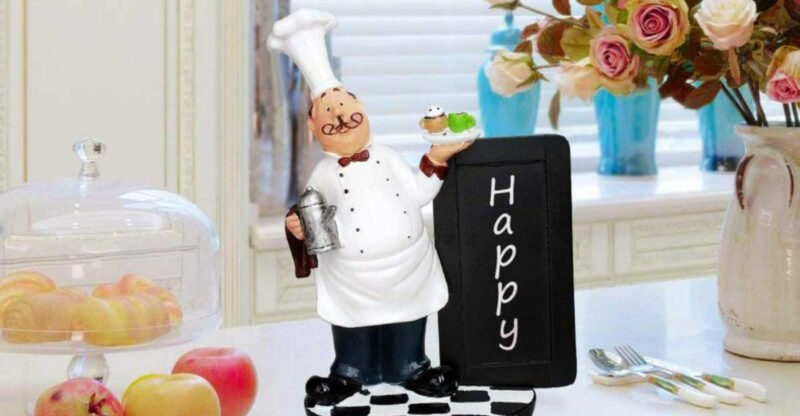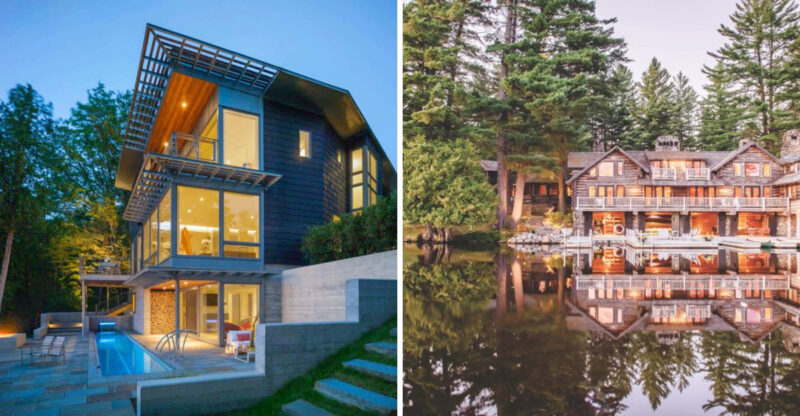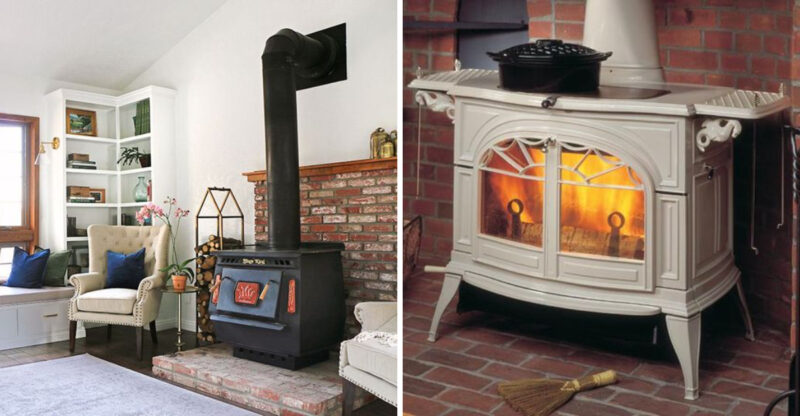17 Common Decorating Blunders That Actually Crowd Your Space
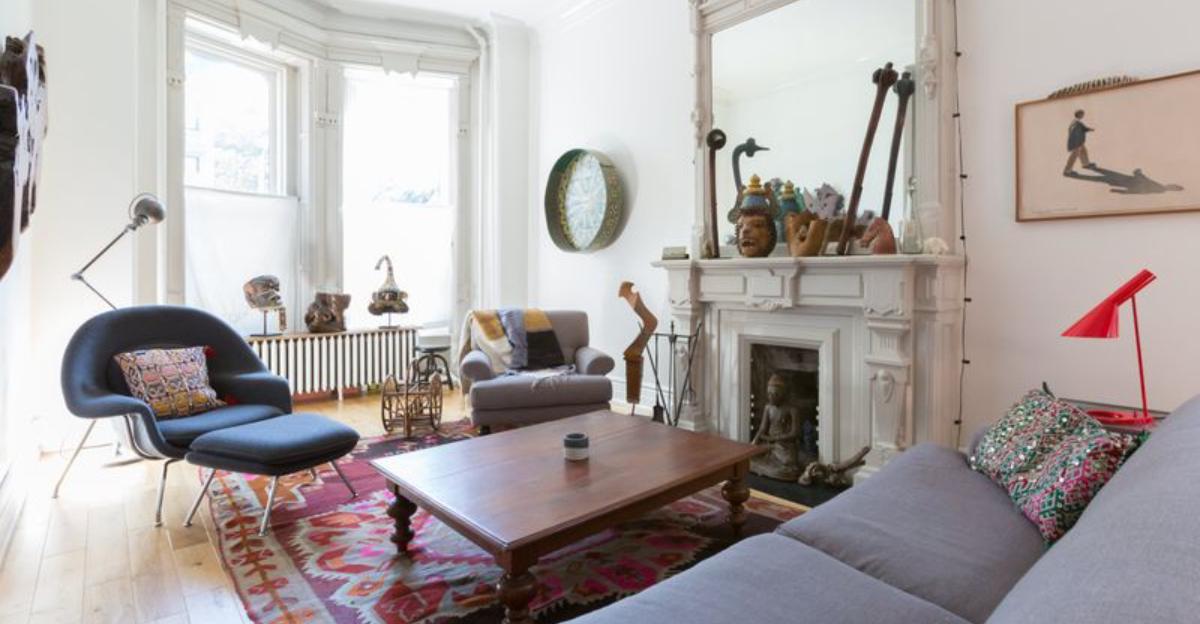
Ever walked into a room and felt like the walls were closing in? You’re not alone! Many of us make innocent decorating choices that secretly steal space from our homes.
I’ve seen it all in my years as a designer, from overstuffed rooms to wall colors that shrink spaces like wool sweaters in hot water.
Let’s bust these space-robbing culprits together and help your rooms breathe again.
1. Oversized Furniture Invasion
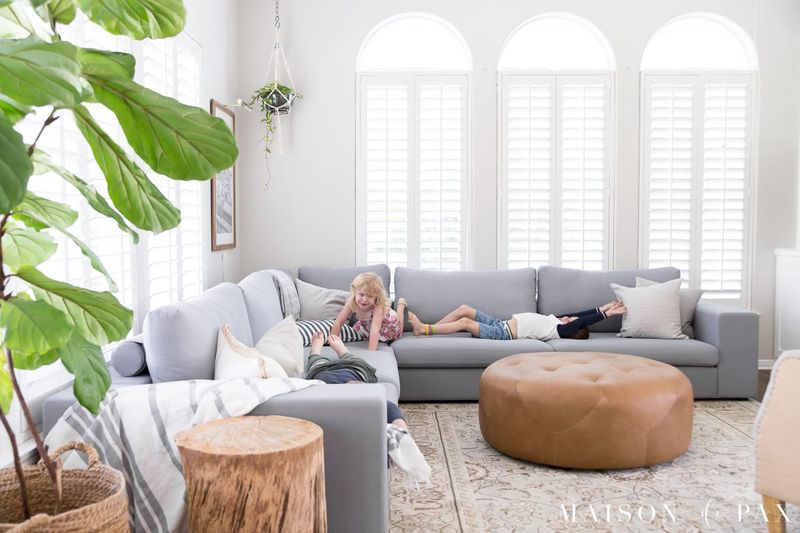
That massive sectional sofa you fell in love with? It’s eating your living room alive! Furniture that’s too large for your space creates an instant crowding effect, no matter how minimal your other decor might be.
Scale matters tremendously in interior design. When shopping, bring your room measurements and leave proper pathways of at least 30 inches between pieces.
Remember that breathing room around furniture is just as important as the furniture itself.
2. Wall-To-Wall Furniture Lineup
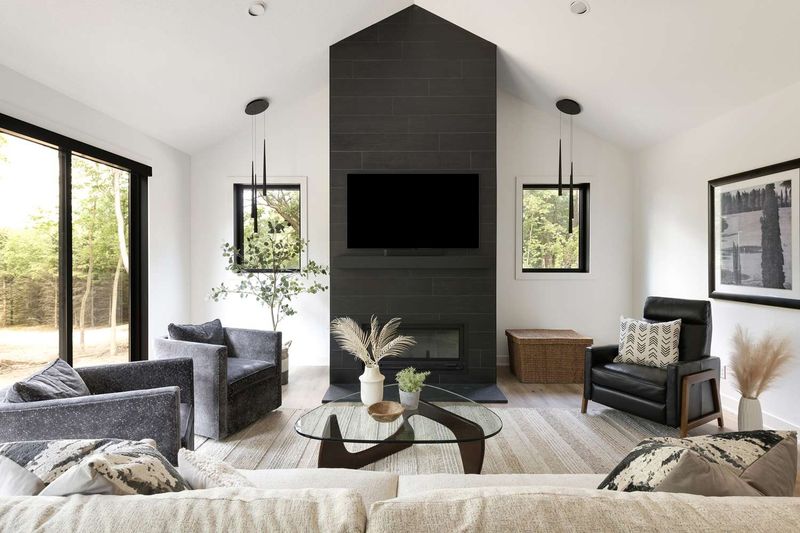
Pushing every piece of furniture against the walls doesn’t maximize space, it creates a bowling alley effect! This common arrangement actually makes rooms feel smaller and more awkward by highlighting the empty middle while creating a crowded perimeter.
Try floating some pieces away from walls to create conversation areas. Even pulling your sofa just 6 inches from the wall can make a room feel more spacious and intentional. The breathing room behind furniture adds visual depth that expands the perceived size.
3. Clutter Collection Habit
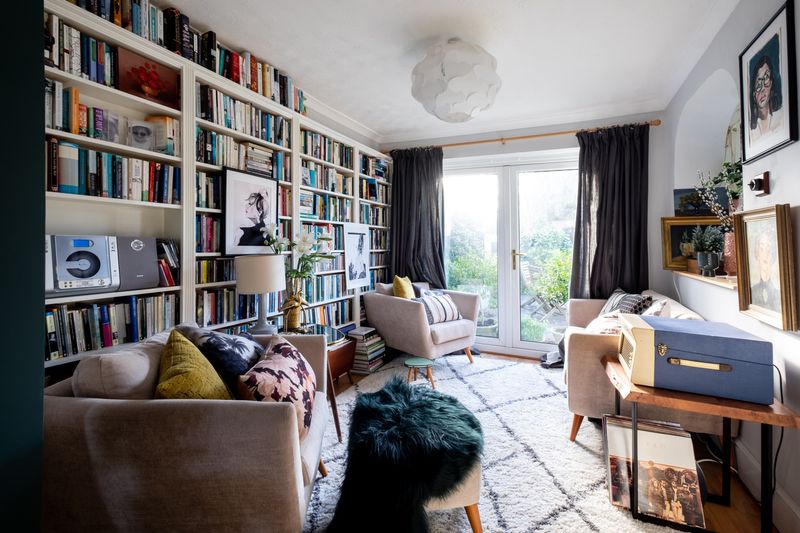
Those charming little knickknacks multiply faster than rabbits! Before you know it, every surface hosts a battalion of tiny treasures, creating visual chaos that makes rooms feel suffocating.
Curate your collections ruthlessly. Display only your absolute favorites, and rotate seasonal items for freshness. Group similar objects together rather than scattering them throughout a room.
The designer secret? Leave at least 50% of your surfaces completely bare to give eyes a place to rest.
4. Pattern Pandemonium
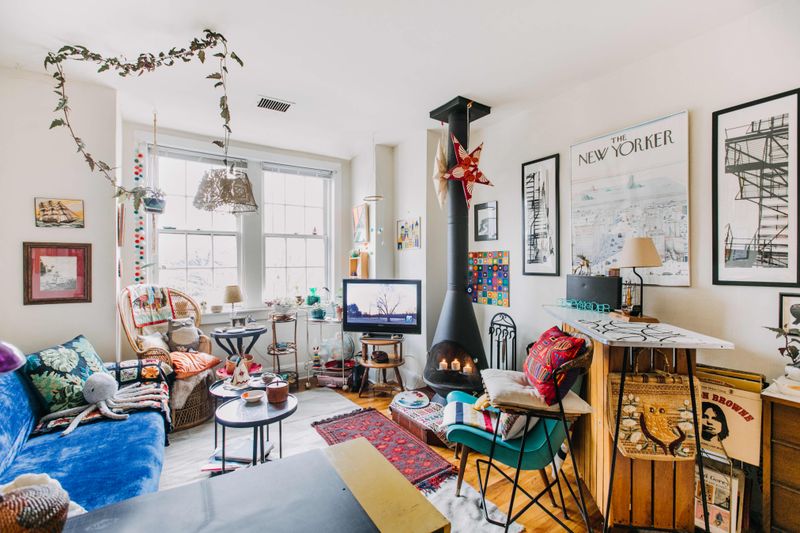
Mixing florals, geometrics, stripes, and polka dots in one room isn’t eclectic, it’s exhausting! Too many competing patterns create visual noise that makes spaces feel chaotic and smaller than they actually are.
Limit yourself to 2-3 complementary patterns in a single room. Vary their scale (small, medium, large) but keep them in the same color family.
When in doubt, use patterns sparingly on accent pieces and stick with solids for larger items like sofas and walls.
5. Tiny Rug Syndrome
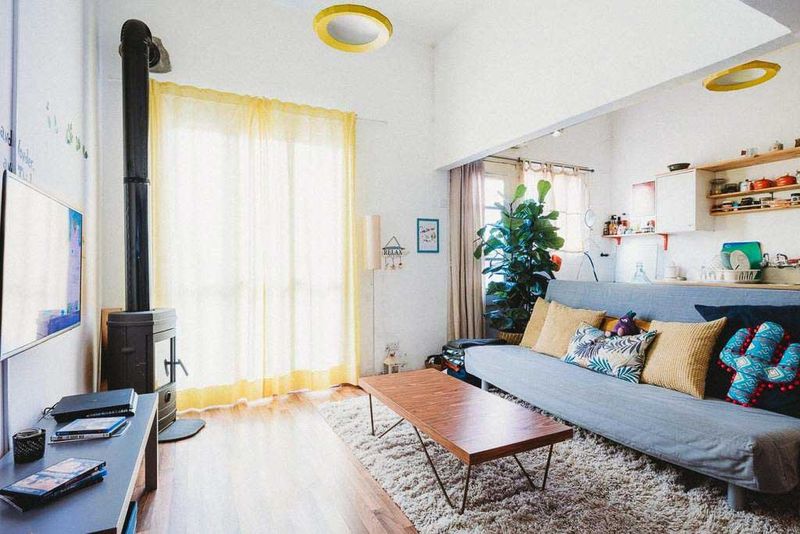
Nothing shrinks a room faster than an undersized area rug! That 5×7 rug floating like a sad island in your living room actually emphasizes the room’s boundaries rather than expanding them.
Your rug should be large enough for all furniture legs to sit on it, or at minimum, the front legs. For dining rooms, ensure chairs remain on the rug even when pulled out.
A properly sized rug unifies furniture groupings and creates the illusion of more square footage. I promise it’s worth the extra cost!
6. Dark Color Dungeon
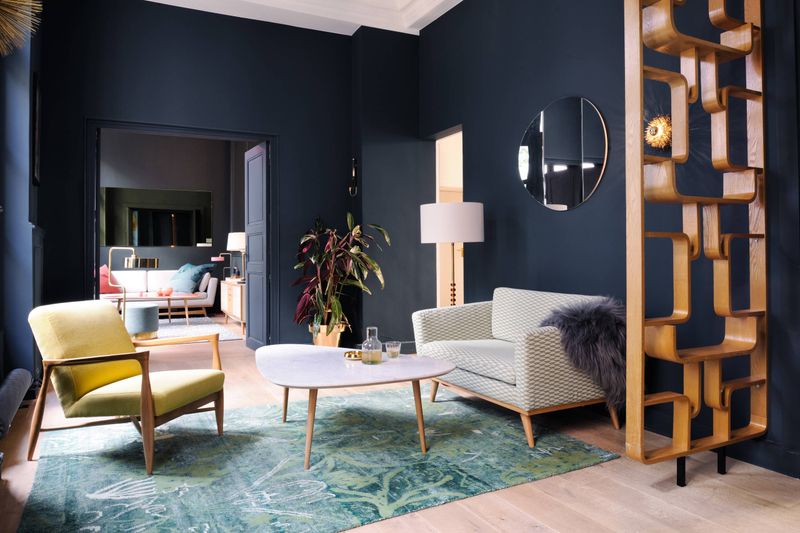
Though moody charcoal walls look stunning on Pinterest, they can turn your cozy bedroom into a cave. Dark colors absorb light and visually advance walls, making rooms feel significantly smaller.
However, this doesn’t mean you must surrender to all-white everything! Consider using darker hues on a single accent wall or in rooms that are naturally spacious.
For smaller spaces, lighter colors reflect light and visually recede, creating an airier feel that expands your square footage without moving a single wall.
7. Window Treatment Blunders
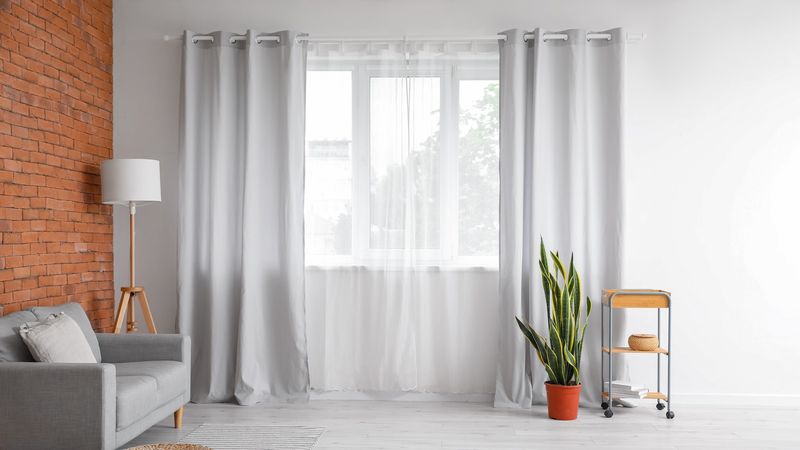
Short curtains that hang just to the windowsill are like high-water pants, awkward and outdated! They chop your walls horizontally and make ceilings appear lower than they are.
Mount curtain rods 4-6 inches above window frames and extend them 8-12 inches beyond each side. Let panels reach the floor (barely kissing it or with a slight break).
This simple trick draws the eye upward, creates an illusion of taller ceilings, and makes windows appear larger. It’ll instantly expand your visual space.
8. Storage Solution Overload
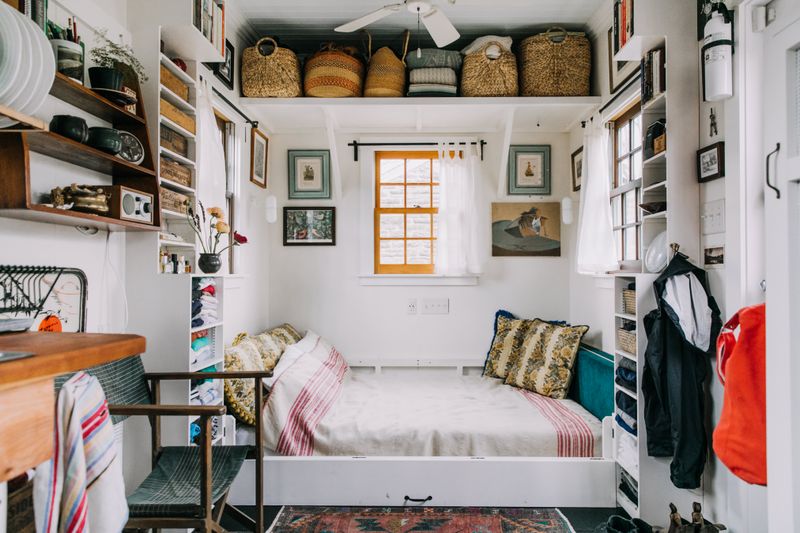
Yes, storage is essential, but when every wall hosts a bookcase, cabinet, or shelving unit, your room starts feeling like a warehouse! Too many storage pieces create a heavy, cluttered look even when perfectly organized.
Aim for balance with some open space. Consider furniture with hidden storage like ottomans or beds with drawers.
My favorite trick? Float shelves on walls rather than using floor-standing units in smaller rooms. This maintains floor space visibility, which is crucial for that spacious feeling.
9. Blocked Natural Light
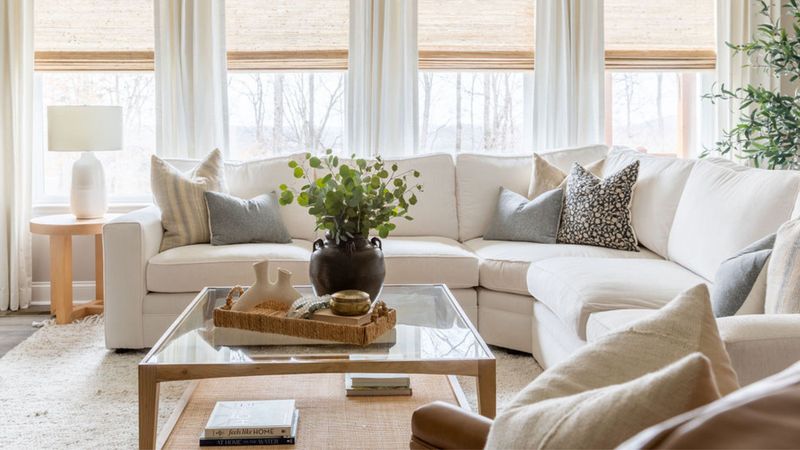
Heavy drapes permanently drawn, furniture blocking windows, or dark window treatments are stealing your most valuable space-expanding resource…natural light! When light can’t penetrate a room, shadows dominate and compress your space.
Rearrange furniture to keep windows completely unobstructed. Choose light-filtering window treatments over blackout options for daytime use.
Clean your windows regularly. You’d be amazed how much light is lost through dirty glass, subtly shrinking your room day after day.
10. Mirror Placement Mishaps
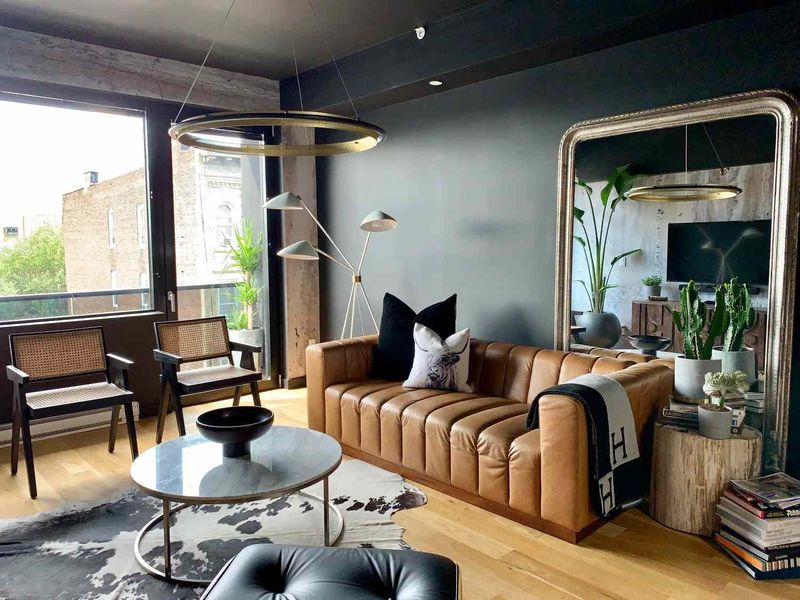
Mirrors are magical space-expanders, but only when positioned thoughtfully! Placing mirrors where they reflect cluttered areas or blank walls wastes their potential and can actually make spaces feel more chaotic.
Hang mirrors opposite windows to bounce natural light throughout the room. Position them to reflect your room’s most attractive features or to create a sense of depth.
One large mirror makes a stronger space-expanding statement than several small ones, which can create a fragmented, busy feeling.
11. Furniture Traffic Jam
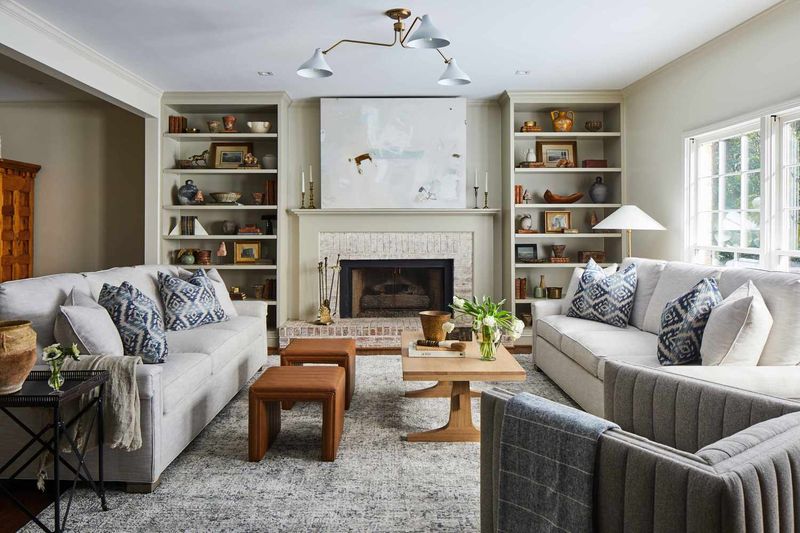
When navigating your living room requires gymnast-level skills, you’ve got too much furniture! Overcrowding with pieces creates actual and visual congestion that makes spaces feel cramped regardless of square footage.
Establish clear traffic paths of at least 30 inches for secondary routes and 42 inches for main pathways. Be ruthless about removing unnecessary pieces, that extra side table or accent chair might be suffocating your space.
Quality over quantity always wins in design. Fewer, better pieces create a more luxurious, spacious feel.
12. Ceiling Fan Fiascos
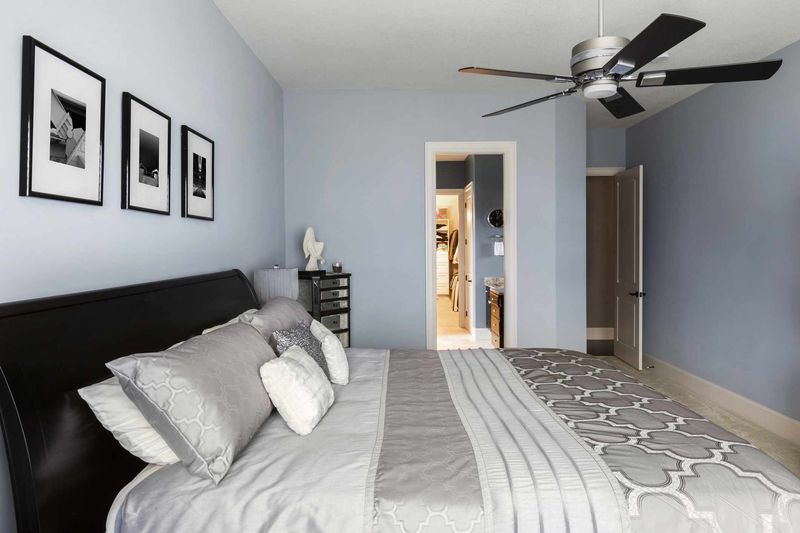
Giant, low-hanging ceiling fan with the oak blades and frosted light fixtures? It’s visually slicing your ceiling height in half! Outdated or oversized ceiling fans create a heavy presence that bears down on a room.
Choose fans proportionate to your room size, most spaces need nothing larger than 52 inches. Opt for simple designs in colors that blend with your ceiling.
For low ceilings, select hugger or low-profile models that sit closer to the ceiling to maintain precious headroom and visual space.
13. Accent Wall Accidents

That bold accent wall might actually be making your room look smaller. When placed on the wrong wall or executed with too-dark colors, accent walls can visually shorten rooms and create imbalance.
Choose the naturally focal wall for your accent treatment, typically the one you see first upon entering or where your main furniture piece sits. Avoid accenting walls with doors or windows if space is a concern.
Consider using texture rather than dark color for a space-friendly accent that adds interest without shrinking dimensions.
14. Art Sizing Errors
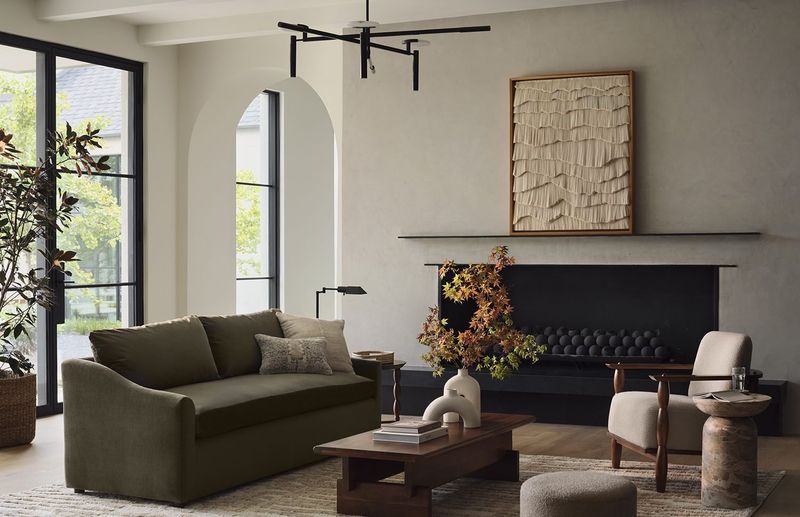
Tiny artwork floating in vast wall expanses creates uncomfortable negative space that emphasizes a room’s limitations rather than its potential. Similarly, pieces that are too large can overwhelm smaller rooms.
For above furniture, choose art that’s approximately two-thirds the width of the furniture piece it hangs over. Hang art at eye level, typically 57-60 inches from the floor to the center.
When in doubt, go bigger rather than smaller with art. Properly scaled pieces create focal points that actually make rooms feel more spacious.
15. Lighting Level Limitations
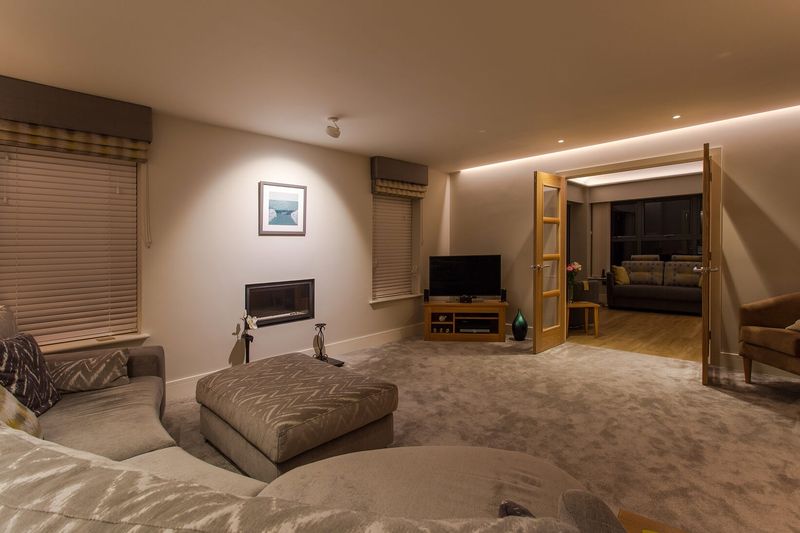
Relying solely on a central ceiling fixture creates harsh shadows that make rooms feel smaller and uninviting. Poor lighting compresses space visually, regardless of actual dimensions.
Implement layered lighting with ambient, task, and accent sources. Aim for at least three light sources per room, positioned at different heights.
Use wall sconces or uplights in smaller rooms to draw the eye upward and outward. Proper lighting literally expands the visible boundaries of your space while creating atmosphere.
16. Mismatched Scale Madness
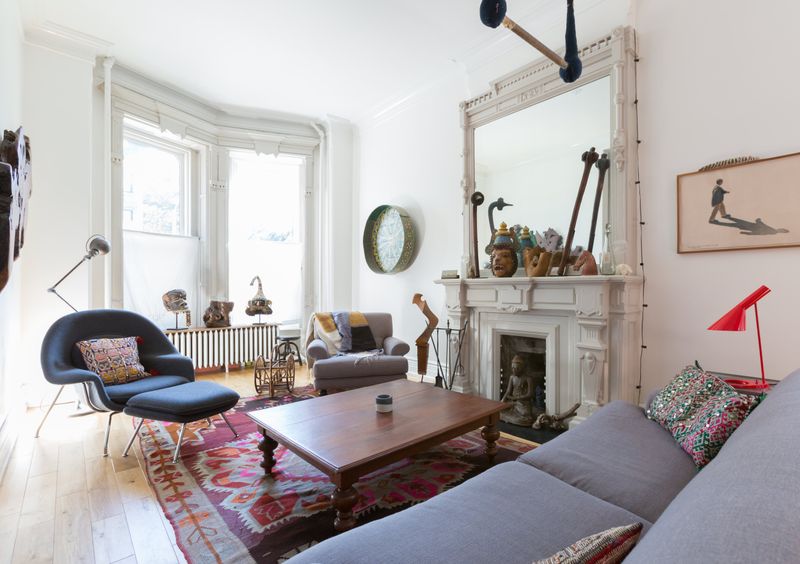
Mixing dollhouse-sized accessories with mammoth furniture creates visual confusion that makes spaces feel cluttered and unbalanced. Scale inconsistency disrupts the harmony that makes rooms feel spacious.
Match accessory size to your furniture proportions. Substantial furniture needs equally substantial lamps, art, and accessories.
Create a cohesive look by maintaining consistent scale throughout a room. This doesn’t mean everything must match, just that sizes should relate logically to one another, creating visual flow rather than jarring disconnects.
17. Forgotten Vertical Space
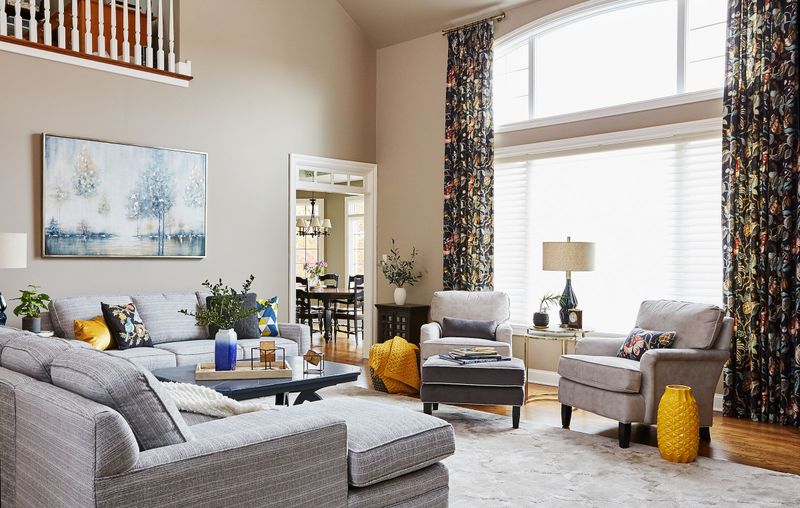
When all your furniture and decor hugs the floor, you’re neglecting the upper half of your room, prime real estate in small spaces. Low-profile everything creates a heavy, grounded feeling that can make ceilings feel lower.
Incorporate varying heights through tall bookshelves, floor lamps, or hanging plants. Draw the eye upward with vertical striped patterns or floor-to-ceiling curtains.
Wall-mounted shelves and cabinets free up floor space while utilizing often-forgotten vertical dimensions, instantly making rooms feel larger and more three-dimensional.

